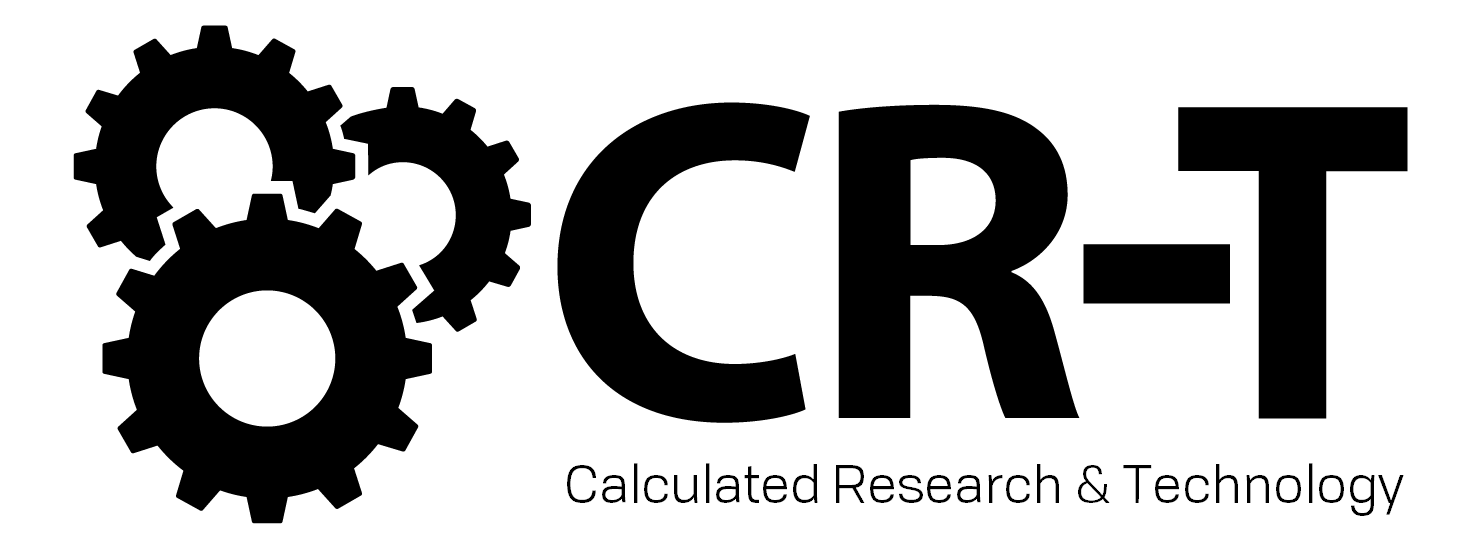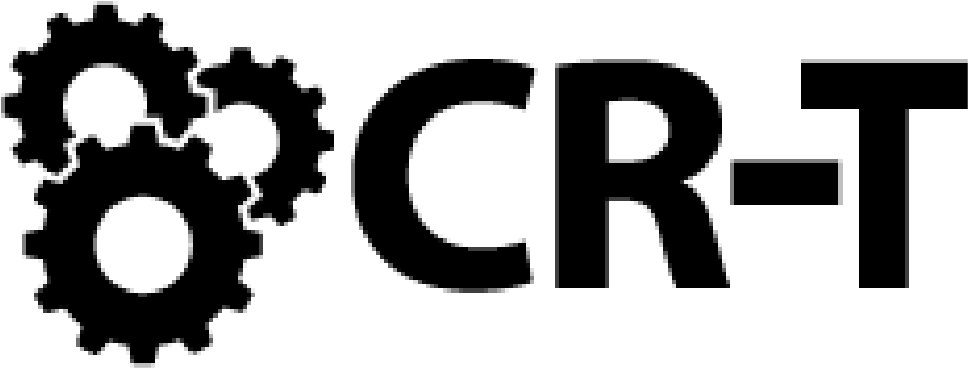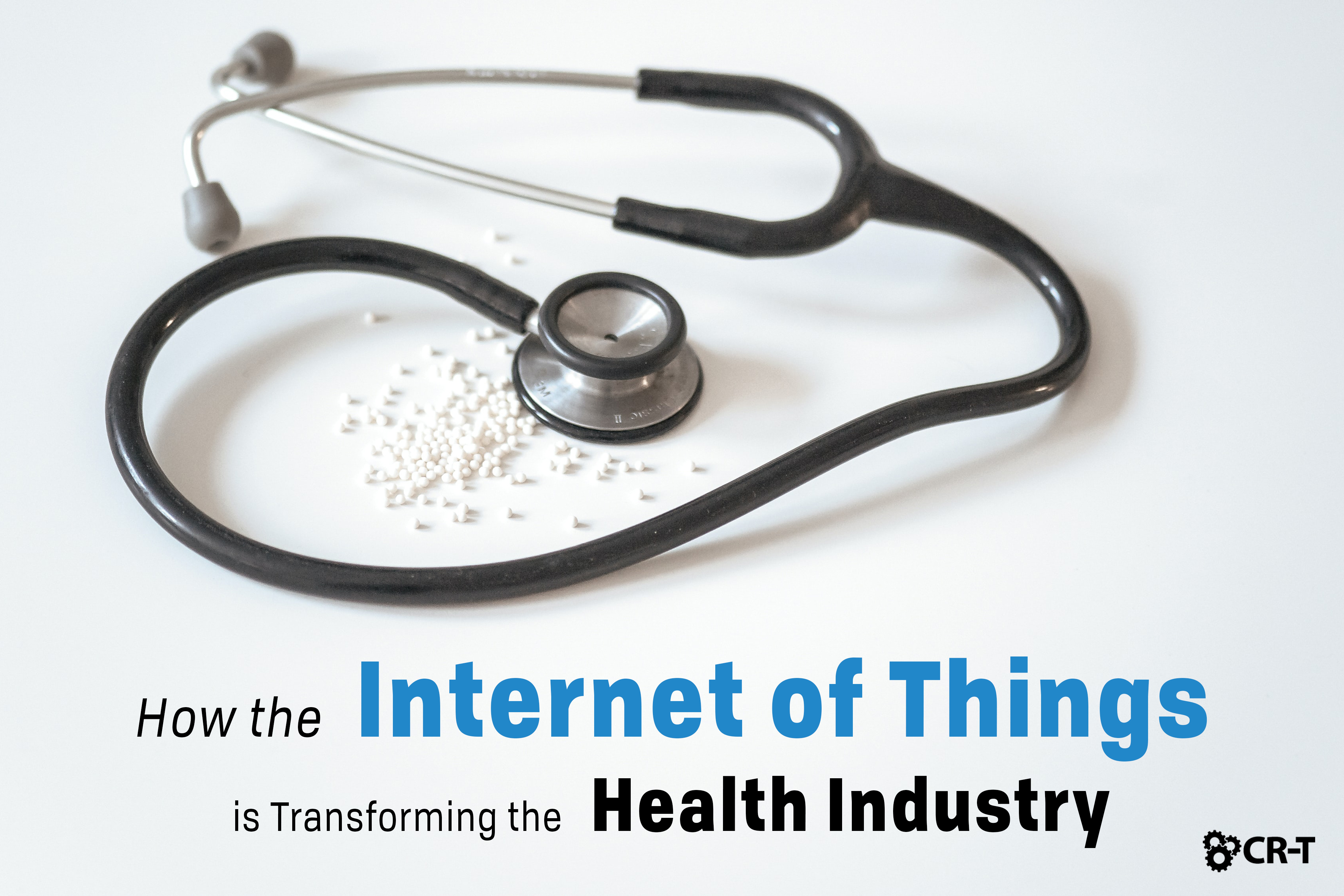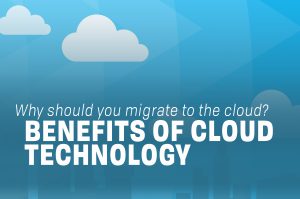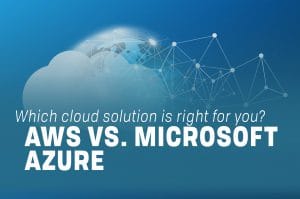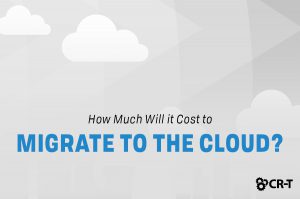It’s no question that the Internet of Things (IoT) is revolutionizing the way we interact with the world. Gadgets that were unimaginable just a few decades ago are now a part of our everyday reality. But the Internet of Things is moving beyond smart devices and self-driving cars to influence specific industries within the tech world. Today, we’ll look at how the Internet of Things is transforming the health industry.
Last year, Gartner conducted a survey that interviewed 511 IT managers across the United States. Of those surveyed, 11% worked in healthcare settings, and 86% of those respondents reported a dependence on IoT architecture in their line of business.
Today, 79% of healthcare providers are using IoT in their production processes (computerworld.com).
How is the Internet of Things Transforming the Health Industry?
Healthcare is a unique industry. Professionals need to be available 24×7, 365 days of the year. In addition, no other industry has such unique requirements for data protection and business continuity.
Because of their ability to quickly and independently communicate data, IoT devices have made it easier to solve problems and maintain compliance within the medical field. Automated processes have led to greater efficiency and accuracy. And the security risks that comes with working in medicine have made IoT security a must.
Medical Devices
The field of medicine operates very differently than it did 30 years ago. Devices and machines make it easier to monitor patient health and store records.
Gartner, which calls IoT in healthcare the “Internet of Healthcare Things” (IoHT), says that devices can range from clinical to office mechanisms.
Environmental controls like wifi-enabled smart thermostats and smart light bulbs allow users to program and adjust settings.
Real-time location services (RTLS) allow medical professionals to geospatially track patients. Tracking chips can also be used to locate medications and expensive medical equipment.
But the devices can also be self-learning.
A smart thermostat can adjust temperatures based on the time of day, time of year, and whether or not a building is typically occupied or unoccupied. A smart light bulb can use motion sensors to detect when staff or patients are present.
HIPAA Requirements
- Automated recovery testing
- Site and application failover
- Ransomware detection
- Disaster recovery compliance
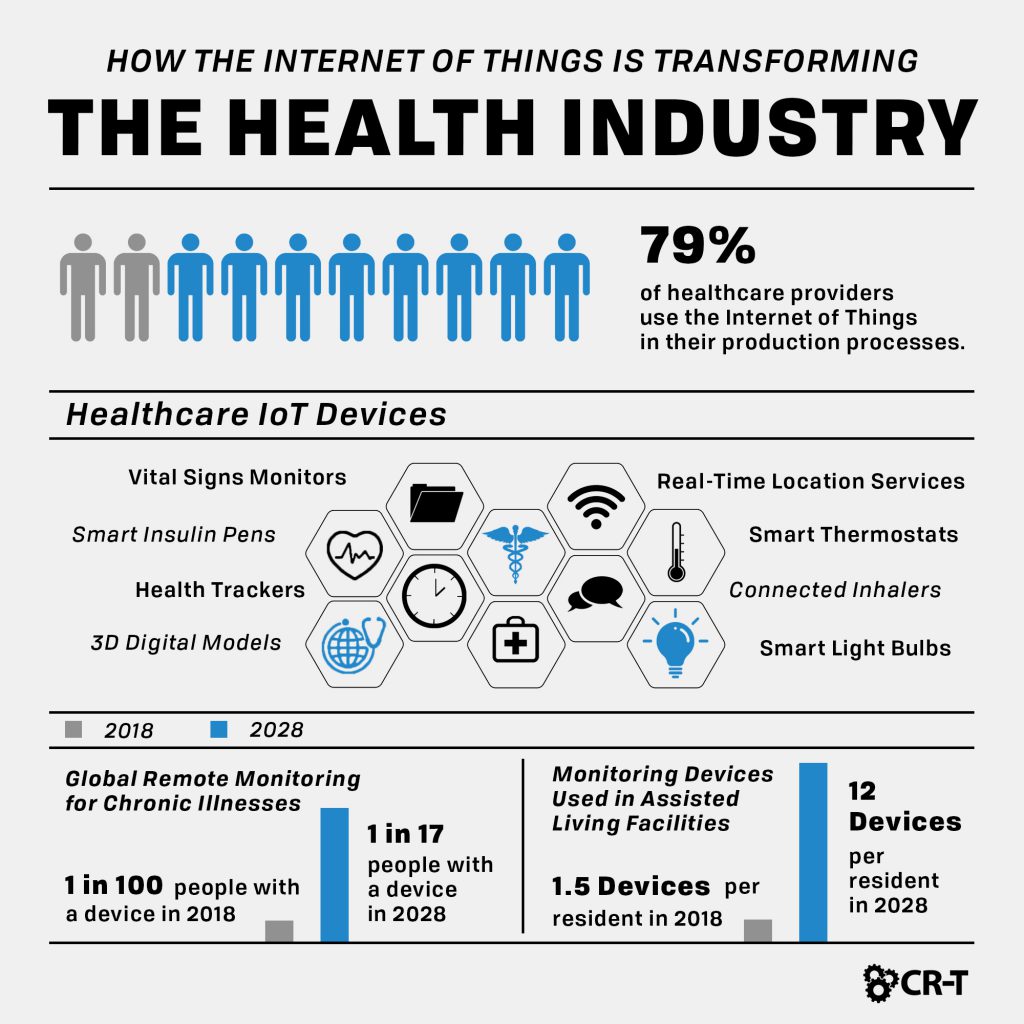
Faster Problem Solving
In addition to changing the day-to-day operations of the healthcare industry, IoT also transforms the way medical technicians can solve problems.
Last fall, the University of California, San Francisco (UCSF) opened a new Precision Cancer Medicine Building. According to Bruce Mace, UCSF’s director of facilities, the use of IoT is critical to maintaining efficient operations within the building.
A 3D model of the building allows management teams to effortlessly locate data and determine how it affects different parts of the building.
For example, the facilities management team recently isolated a water leak in the wall of one of the operating rooms. The leak had shut down use of the room, but the team was able to quickly find the valve and shut off the water, using the 3D model.
The team’s quick response prevented the room from being contaminated by several inches of water. When the plumber arrived, he could cut a hole in the wall just inches away from the leak in order to repair it.
A decade ago, this leak would have taken hours to locate. By that time, the room would have suffered significant water damage and would have taken weeks and thousands of dollars to repair. Instead, thanks to IoT technology, the leak was isolated and repaired within hours, and the operating room was up and running again the next morning.
The Future of IoT in Healthcare
Experts predict that the number of IoT devices used in healthcare settings will multiply abundantly over the next 10 years.
According to Gartner, global remote monitoring for those with chronic conditions will grow from 1 in 100 people with a device in 2018 to 1 in 17 people with a device in 2028.
Assisted living facilities will increase monitoring devices from 1.5 devices per resident to 12 devices per resident between now and 2028.
Assisted living devices will increase a rate of 28% each year, reaching a number of 96 billion devices worldwide in 2028.
Not only will IoT grow within the healthcare industry as a whole. It will also make treatment and medical devices more widely accessible to patients.
The Internet of Things: Taking Healthcare to the Next Level
Although the Internet of Things has had a few decades to develop, it’s still a new concept for many organizations. Implementing technology in a large medical facility takes time and planning, and it might initially seem overwhelming.
We help a variety of organizations utilize technology in order to streamline processes, bolster security, and meet HIPAA requirements. Contact us to see how we can help you take your organization to the next level.
Here at CR-T, we take pride in providing enterprise-level IT services at prices that work for small businesses. Our team of experts can become your IT support department, responding to issues quickly, often before you even know about them. Covering everything from your servers and network infrastructure to your computers, workstations and mobile devices, we provide end-to-end solutions for all your technology needs.
Time and experience have helped us develop best practices and workflow procedures designed to keep your focus on your business, not your technology.
